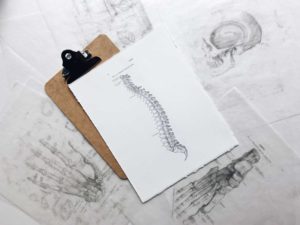Set aside a special time each day for complete mental and physical relaxation. This is important in the restoration – as well as maintenance – of normal health.
When sitting, choose a chair that has adequate firmness to hold your weight comfortably, and then sit straight. Avoid too soft, overstuffed chairs. Recliner chairs are acceptable if they are constructed so that when you are reclining your back is in a normal, straight position.
Cross your legs only at the ankles, not at the knees. Crossing your legs at the knees could aggravate an existing back condition as well as interfere with the circulation to the lower limbs.
Be sure to get plenty of sleep to allow your body to recuperate and repair.
Sleep on a firm mattress, preferably one which is neither too hard nor too soft, but just firm enough to hold your body level while at the same time soft enough so that your shoulders, buttocks, etc will depress into the mattress.
Your pillow should be neither too high nor too low. The ideal pillow is one which supports your head so that your neck vertebrae will be level with the rest of your spine. Avoid sleeping on two pillows; never lie on a couch with your head on the arm rest.
Sleep on your back or on your side with your legs flexed slightly, not drawn up tightly. Avoid sleeping on your stomach. Raise your head off the pillow when changing positions.
Rise from your bed by turning on your side and swinging your legs off the bed, then push yourself into a sitting position with your arms, thus minimising the amount of strain on your back.
Do not read or watch TV in bed, particularly with your head propped at a sharp or strained angle.
Do not sleep sitting in a chair or in cramped quarters. Lie down in bed when it is time to sleep.




